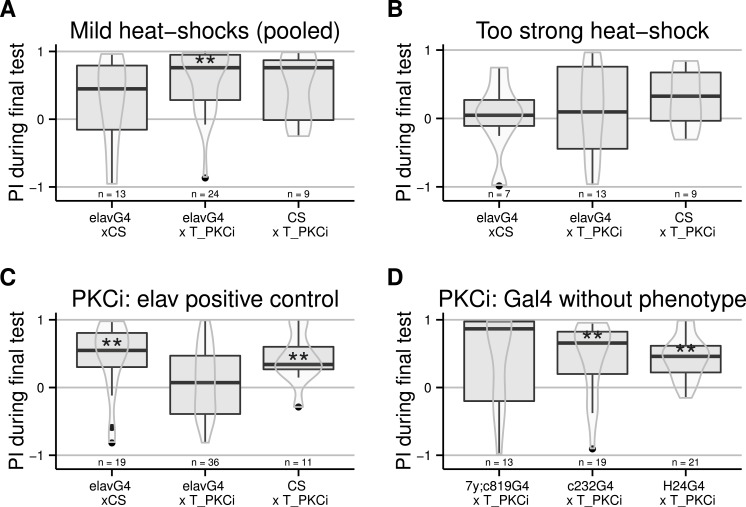Figure 2. PKC inhibition (achieved by using an effective heat-shock protocol) in neurons, but not central brain regions, prevents self-learning formation.
Driving Gal4 in all neurons using the elav-Gal4 driver while inactivating its ubiquitously expressed inhibitor Gal80 with a heat-shock induces the expression of the PKC inhibitor. While test flies are still performing well after a mild heat-shock (A, data pooled from different protocols: 33 °for 15 h, 36 °for 2 h, and 37 °for 1 h), a strong heat-shock prevents learning in control flies (B, 37 °for 2 h). After a 4-hour heat-shock at 35 °C, test but not control flies were unable to form self-learning (C). Using this latter protocol, we restricted the expression of Gal4 in central brain regions using different drivers targeting central brain regions (D), which were all ineffective in preventing self-learning. Full genotypes of the flies tested are indicated below. elavG4 xCS : elav-Gal4/+. elavG4 × T_PKCi : elav-Gal4/+;tubGal80ts/+; UAS-PKCi/+. CS × T_PKCi : tubGal80ts/+; UAS-PKCi/+. 7y;c819G4 × T_PKCi : tubGal80ts/+; UAS-PKCi/+__ H24-Gal4. c232G4 × T_PKCi : tubGal80ts/+; UAS-PKCi/7y_Gal4,c819-Gal4 . H24G4 × T_PKCi : tubGal80ts/+; UAS-PKCi/c232-Gal4. Data is shown as Tukey’s boxplots (median is the line surrounded by boxes representing quartiles) with a superposed violinplot. Asterisks indicate significant differences of the scores against 0, using a non-parametrical Wilcox test.

